As the light died over Sarajevo, we sat on our deck. The experience was confusing like the first time you went to a theater with surround sound. From every direction rang the immediate and echoing sounds of the call to prayer. On each minaret, lights sparkled against the deep blue sky, speakers rang the sounds of piety that signaled Salat—the practice of ritualistic prayer. Of course, I turned my face to my phone and Googled to learn about the meaning of the moment on my own. After snapping a few photos, I gave in to leaning against the wall and observing.
Long after dark, after showers and empty-stomached couch lounging, we made our way to a decidedly un-American pizza joint where $3 gets you a Big-Gulp-sized beer and a homemade, fresh-cooked pizza. The restaurant we would return to night after night was almost impossible to find, tucked in a dead-end 8-foot-wide alley, off of a pedestrian mall.
As we serpentined the streets on the first night, a postcard with an illustrated wolf on the front—inside one of the stores filled with knickknacks—caught my eye. I knew that animal and its scarf, because I had owned a small statue of the same figure. Before hopping on my flight to Sarajevo, I called my grandmother who reminded me that she had visited the city as a spectator during the 1984 Olympics. “Think of me while you’re there,” she requested. She knew I’d recently been in Russia, and I had explained how the echoes of ’84 meant something to me, two weeks removed from visiting Sochi. My grandparents had brought me back a statue, “Vucko,” the Olympic mascot, a wolf adorned with a jaunty scarf. He traveled with me for years, and suddenly I longed for this inch-tall statue that was probably lost amid one of my moves from town to town to city. My grandmother remembers a dry winter in 1984, hardly befitting a Winter Olympics, before heavy snowfall threatened to lock them in place. During our stay, we could only hope for such a blizzard. It never came.
Today, the 1984 Olympics still anchor the residents’ pride. There is no forgetting what happened between then and now. But for all the obvious scars, there is something else. We crossed paths with a man at Igman who didn’t speak much English, but as soon as the word “Olympics” crossed our tongues, a card came from his wallet. It was not fat with credit cards or cash, but it held something important to him. He pulled out his identification card from the 1984 Olympics. A younger face balanced next to his current visage: it was his official Olympic worker ID card. He stood for photos with a beaming, if confused, smile—his memory held steady.
Igman only hosted one event. The venues in Sochi may well have a similar fate. How does the Sochi of 2014 fit into history? There is no way of knowing until someone writes those books. And Sochi will always be known as the host of the 2014 Games, no matter the destiny of the expensive and probably forgotten venues. Wherever you find yourself, locals will always have their stories. Years nor wear, happiness nor tears won’t change that. The smiling face on an ID card will still be there even as surrounding layers of life are creased with smiles or frowns.
—
“Utah?!” said the attendant at a middle-of-nowhere gas station atop a hill outside of the city. “Even worse than Bosnia.” AJ Dakoulas of 4BI9 stared back with a blank face. Somehow, the horror that fills the history of Sarajevo means that many people we crossed paths with were world wise. Many had spent years abroad, either as refugees who fled the un-civil war-siege of Sarajevo or later chasing money far from the ravaged economy that followed the war.
Google “Sarajevo movies,” like I’ve been doing, and you’ll find many examples that, through Hollywood’s stupid filter, show the beauty and cosmopolitan nature of the city. Each flick contrasts alcoholic American journalists (always marinating at the downtown Holiday Inn) and the unwavering terror of Sarajevo neighbors killing neighbors within the city. The story of this city is fascinating and many of the movies are tremendous, even if, as most movies are, they’re a measure below the reality.
The people of Sarajevo know war and hardship. Their cynicism is realism built on experience, but it doesn’t manifest in stoicism. Rather, we saw a populace taking joy from a sunny day with smiling faces tilted to the sky. “Who would’ve thought you’d catch a tan in Bosnia?” joked Dakoulas. The weather during our trip, sunny and cloudless save for one perfectly timed rainy rest day, contributed to our bronzed skin and my good memories. The people of Sarajevo, though, really make it the most Mahalo city in all of Eastern Europe, to borrow the 4BI9 catchphrase.
—
At some point, I’ll return to Sarajevo—not to wake up early and shovel snow ’til late I hope. Perhaps no one would recommend dragging your skis to Bosnia, for what amounts to skiing comparable to the bottom third of Rocky Mountain resorts. On the other hand, as I looked up at the consistently steep, wide runs, I thought that these would be perfect mountains for cranking turns on rental equipment, jeans rolled over boots. I imagine the next day spent lounging with a coffee and watching the world go by, diverse and unhinged by what television feeds us. The flights from North America are easy, after that you can enjoy a $100-a-night apartment and stroll to the street-side fruit stand for breakfast before driving off towards the Adriatic coast for a day on the beach.
I’ll be back to wander the narrow streets. To explore this place so I can meet more of its inhabitants and learn about the places they live, to contemplate the past and to think about the future, to discuss art and politics as the sun goes low in the western sky, with a beer on the table in front of me. Maybe I’ll be there when the ski resorts that hosted the ’84 Games are open, and I will make turns down wide-open runs and ride empty lifts. Maybe I’ll go to Croatia and swim in the clear waters that rest below limestone cliffs. Skiing has brought me here and allowed me these possibilities.
If you have a few ducats sitting around, go. There’s no need to drag snow to the podium and throw a 900, a simple selfie will do. It’s the perfect companion to the words you share with the people you love.
—
At each stop of our ski tour around Sarajevo, we saw monuments to the 30 years since the Olympics. Almost every square of grass inside the city limit is speckled with headstones. Apartment buildings are riddled by the bullets of neighbors, only smoothed by patches within easy reach, 20 feet up from the ground on a ladder or within five feet of a leaning body.
The final feature of our trip was a long down rail next to an ornate house. Below was the spread of a beautiful city without any flat ground and the airport that had, for a few years, a tunnel under its runways that marked the divide between freedom and death. Above us was an endless cemetery, the headstones loomed as I watched Karl jump fearlessly down the rail, swap his leading foot and skid out on asphalt covered in only a thin trickle of water from the pile of snow trucked in from the mountains.
While we built a landing for a roof drop at Jahorina the evening before, a Bosnian in a black Adidas tracksuit had approached us. “You are building a ramp?” he asked. As he wandered off after a quick, curious conversation, he wished us well, “Good luck. How do you say? Break a leg!” He paused and, with a nod, summed up the reality of his town, “But not your neck.”
—
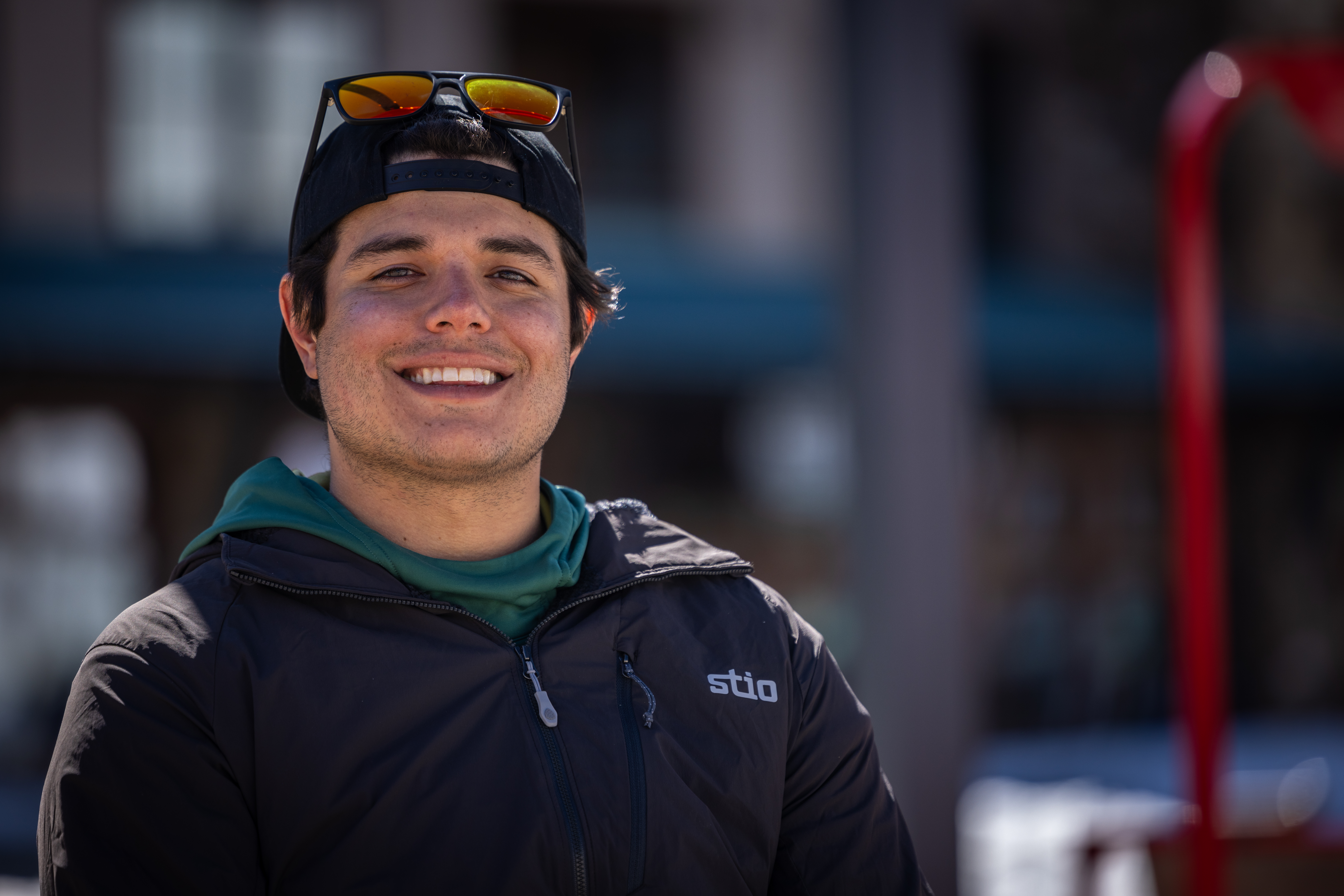

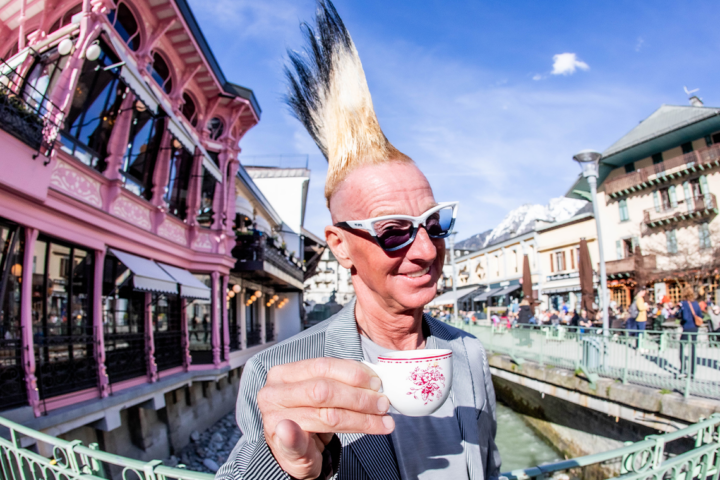
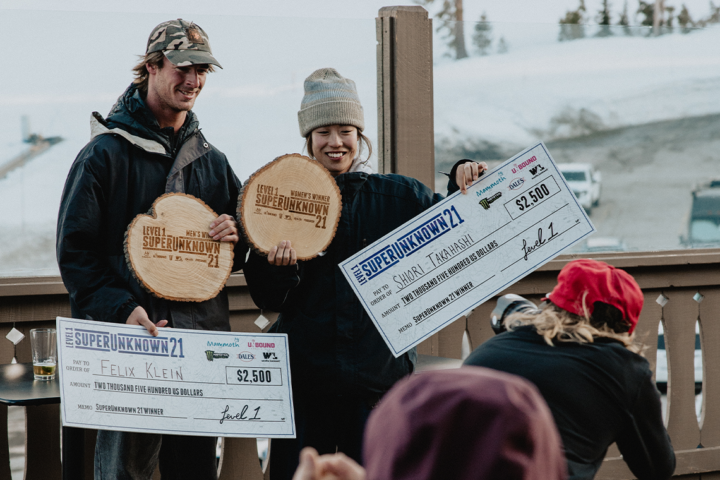
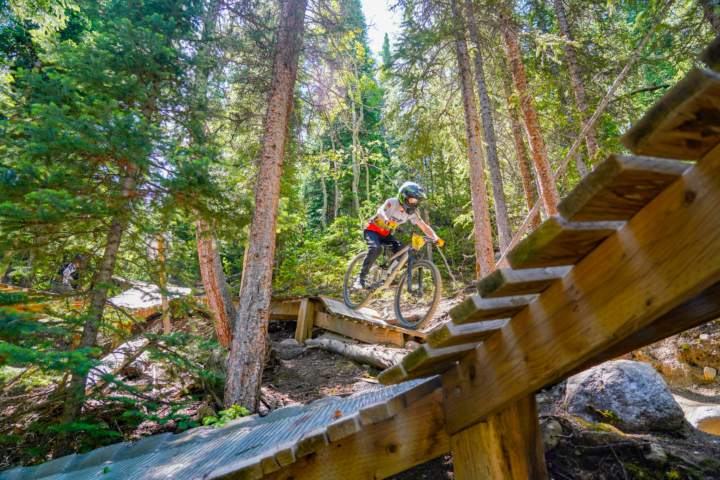
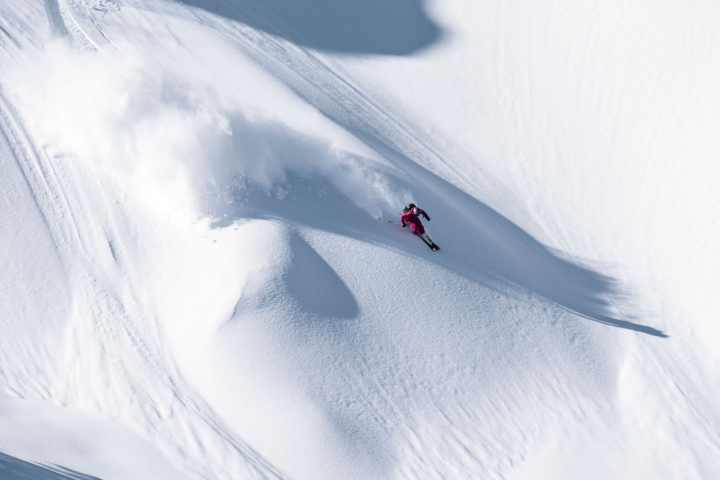
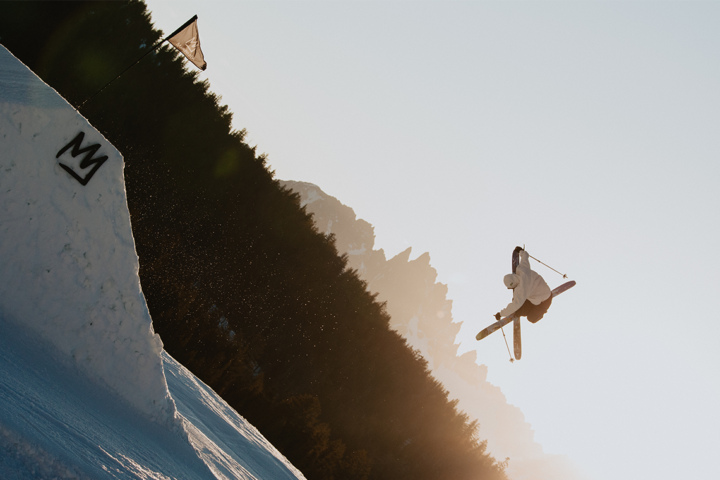
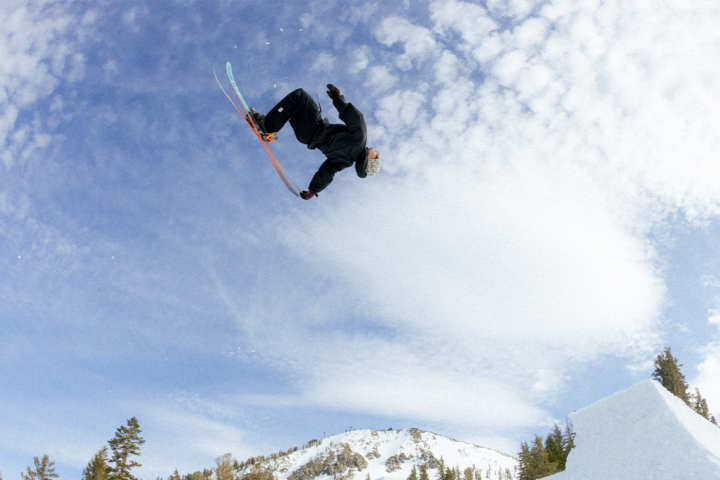
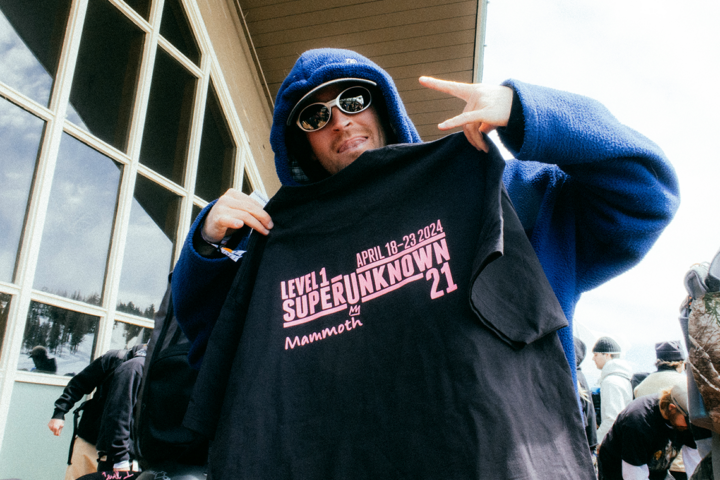
4 thoughts on “City In The Hills: On location in Sarajevo with a star-studded TGR crew”
Comments are closed.